Italian Christmas Traditions You Should Know
by Adriana ruiz
Italy, known for its rich cultural heritage and deep-rooted traditions, comes alive with unique and heartwarming customs during the Christmas season. Here are some cherished Italian Christmas traditions that add magic to the holiday festivities.
1. Nativity Scenes (Presepe):
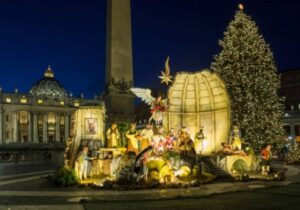
Nativity scenes are an integral part of Italian Christmas decor. Italians take pride in creating intricate presepi, or nativity scenes, often featuring not only the Holy Family but also an entire village with shepherds, farmers, and bakers. Many cities host competitions for the most elaborate and creative nativity scenes.
2. Feast of the Seven Fishes (La Vigilia):

On Christmas Eve, many Italians celebrate La Vigilia, the Feast of the Seven Fishes. This tradition involves indulging in a sumptuous seafood feast with a variety of fish dishes. The number seven is thought to symbolize the seven sacraments or the seven days of creation.
3. Christmas Lunch:

On Christmas lunch in Italy, celebrated on December 25th, families come together for a feast that can last for hours. The Christmas menu, steeped in tradition, boasts richness with an array of appetizers, regional pasta delights such as cappelletti, agnolotti, or ravioli, and a splendid selection of roasted meats. Christmas lunch typically commences with a classic antipasto featuring cured meats, adorned with olives and cheese. In the North, a diverse array of appetizers is customary. Pasta offerings include oven-baked lasagna, prevalent in the central-southern regions, while the North highlights green lasagna alla bolognese and various stuffed pastas like cannelloni, ravioli, or trotellini, adorned with béchamel and ragù.
For the main course, meat takes center stage: roast veal, prized Galician blonde beef, braised beef, or roasted chicken with potatoes. Desserts encompass the Italian Christmas sweets, including Pandoro, whose recipe originated in the Venice/Veneto area, and Panettone.
4. Zampognari and Pifferai:
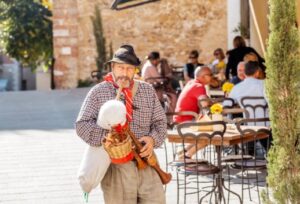
In some regions, you may encounter Zampognari and Pifferai, traditional Italian bagpipers and flute players. These musicians dress in historic costumes and travel from town to town, playing festive tunes that evoke the spirit of Christmas.
5. La Befana:

La Befana is an iconic figure in Italian folklore, often referred to as the Christmas witch. According to legend, she visits children on the night of January 5th, leaving sweets for good children and coal for the naughty ones. Many towns host parades featuring La Befana.
6. Tombola:
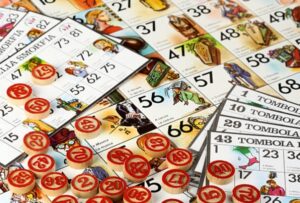
Tombola is an Italian version of bingo played during the Christmas season. Families gather to play this festive game, and winning numbers are often called out in regional dialects, adding a touch of local flair.
7. Midnight Mass (La Messa di Mezzanotte):
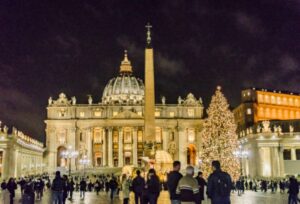
Attending Midnight Mass, known as La Messa di Mezzanotte, is a significant Christmas Eve tradition. Many Italians, whether religious or not, participate in this solemn and joyous occasion, celebrating the birth of Christ.
8. Panettone and Pandoro:

Christmas in Italy is incomplete without indulging in the delicious sweet bread known as panettone or its golden, star-shaped counterpart, pandoro. These festive treats are enjoyed with a cup of hot chocolate or a glass of prosecco.
9. San Nicola, Santa Lucia, and Babbo Natale

During the Christmas festivities in Italy, children eagerly await the arrival of Babbo Natale; “Babbo Natale” is the Italian equivalent of Santa Claus. In some Northern Italian regions, gifts are received on December 6th, the feast day of Saint Nicholas. In other cities like Bergamo and Verona, tradition has it that children anxiously anticipate the morning of December 13th, hoping to find their desired gifts upon waking. A week before this joyful morning, children write letters to Santa Lucia, expressing their good behavior and requesting the gifts they wish to receive. To thank the saint, on the night between December 12th and 13th, children prepare a bowl of flour for the donkey, a cup of coffee for Santa Lucia, some bread for her coachman, and a plate with cookies, wine, nougat, and fruit. Children must be careful not to be too curious, pretending not to see Santa at work. Upon waking, in addition to gifts, they also discover sweets.
Babbo Natale is undoubtedly the primary gift-bringer in Italy. Some children eagerly anticipate Christmas Eve, as gifts might magically appear under the tree at midnight. In other families, gifts arrive on the morning of December 25th.
Embracing these Italian Christmas traditions offers a glimpse into the warmth and joy that define the holiday season in this culturally rich country. Whether it’s enjoying traditional dishes, crafting detailed nativity scenes, or sharing laughter during a game of Tombola, the spirit of Christmas in Italy is truly magical.
Read more about:
Christmas markets featuring artisanal products in Rome
Enjoy the holiday season with a visit to Rome’s ice skating rinks
Visit the exhibition of ‘100 Nativity Scenes in the Vatican’ for FREE
A Guide to Public Transportation in Rome – Dec. 2023
Italy’s Most Famous Christmas Markets
Free entry to museums and archaeological sites in Italy on the first Sunday of each month
Don’t forget to check out our Social Media accounts and Subscribe to our Newsletter so you can be updated with information customized for people who want to move, live, and love Italy! Also, check out these unique tours in Rome.
FAQs for Italian Citizenship by Marriage (2023)
Understanding the Tessera Sanitaria: Your Italian Health Insurance Card
Non-Married Partners: How to Obtain a Residence Permit in Italy as De Facto Cohabitants
How to get tax identification number for foreign citizens (Codice Fiscale)
How to register in Italy as an EU citizen
Mastering Public Transport in Italy
The Advantages of Dual Citizenship with an Italian Passport: Unlocking Boundless Opportunities
What you need to know about Visas and Permits to stay in Italy

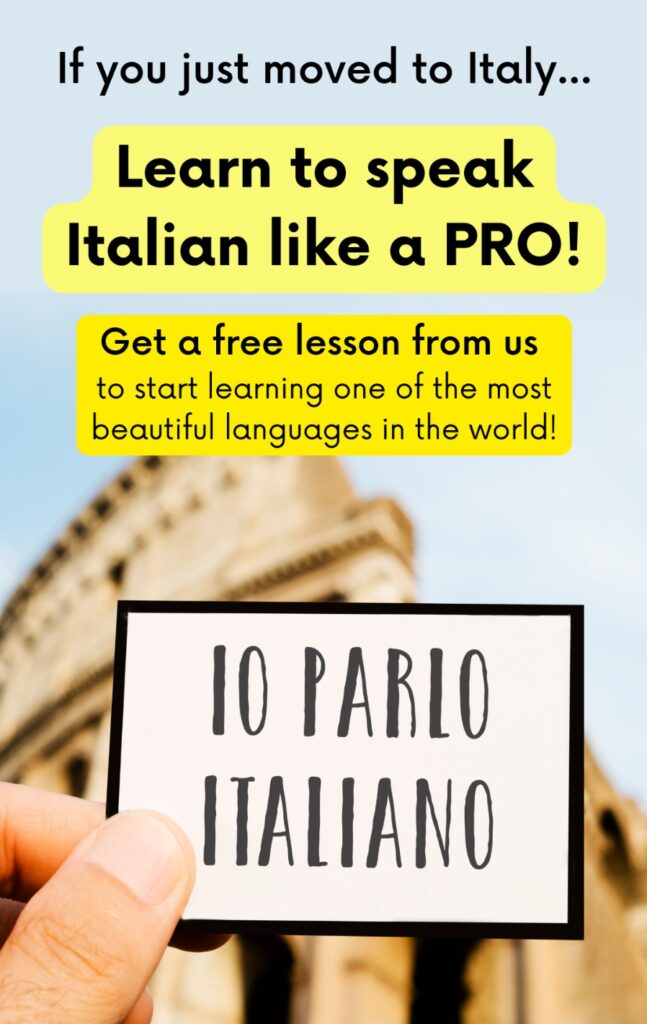



Leave a Comment:
You must be logged in to post a comment.